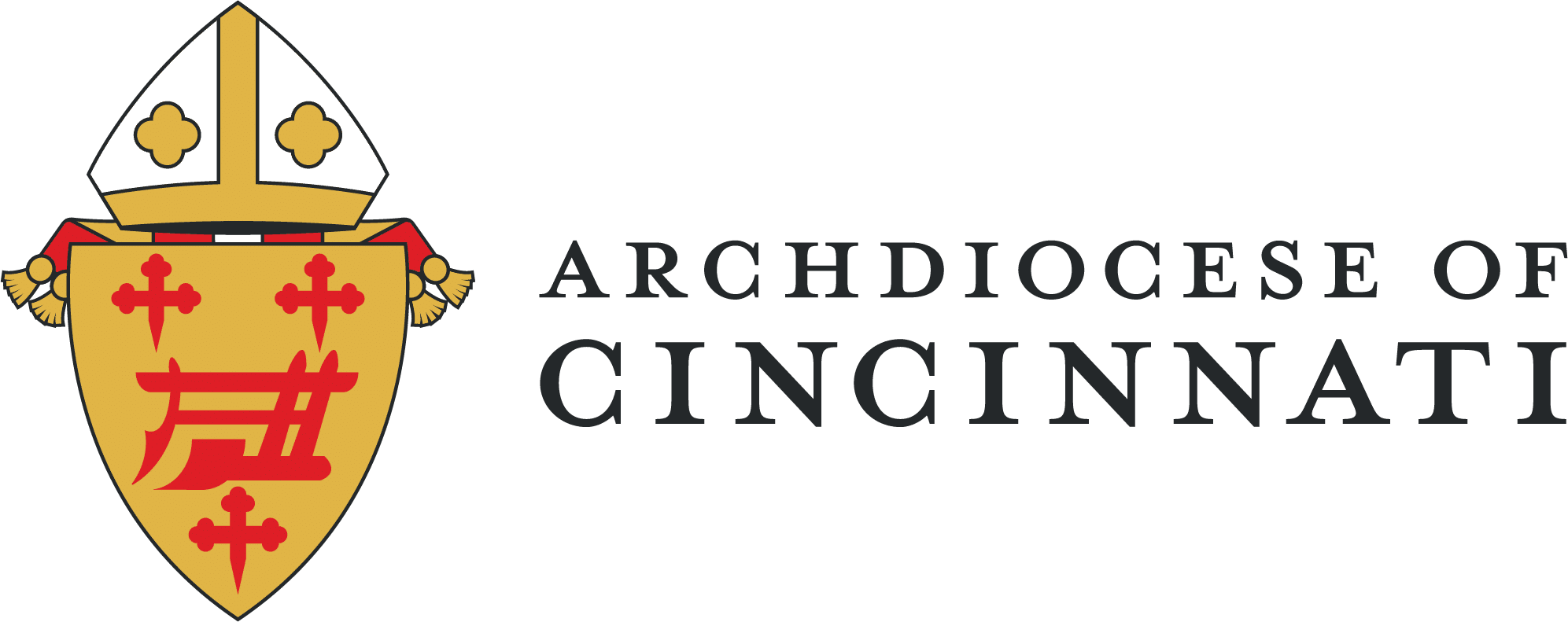Dear Brothers and Sisters in Christ,
Since the onset of the pandemic just a year ago, the Bishops of Ohio have worked together during this unprecedented time with the assistance of government and health professionals to lead and protect all those entrusted to our pastoral care. By the grace of God and the painstaking efforts by so many to follow Covid- 19 protocols, coupled with the expanding availability of vaccines, we are making progress in our fight against this deadly scourge. What a blessing it will be for us to be in person in our churches this year to celebrate the Paschal Mystery, culminating in the Resurrection of Jesus on Easter Sunday.
In our shared hope of eradicating this virus and encouraging ongoing return of the faithful to Holy Mass and the Sacraments each week, you are invited to continue to follow all the essential protocols of hand sanitizing, wearing masks and social distancing. These efforts are working to the point that we are in a much more hopeful place than we were even a few months ago.
At the same time, you are encouraged to receive a vaccine. To reiterate the teaching of the Church with regard to the vaccine options: if you have the opportunity to choose a vaccine, you should choose Pfizer or Moderna. While the Johnson & Johnson vaccine is made from cell lines originating from an aborted human fetus, it should be taken only if it is the only option available.
As we move toward herd immunity, notwithstanding a spike in the virus, it is our sincere hope that soon we can return to the regular celebration of Mass with full capacity in our churches, and thus lift the dispensation of the obligation to attend Sunday Mass. We are advised that parish festivals likely can take place this summer, preferably outdoors, following the necessary protocols. Nevertheless, we all need to remain vigilant.
We look forward with eager longing to when we can all be together around the altar of the Lord without any restrictions. In the meantime, let us continue to do all that we need to do to overcome the virus, and rely upon the guidance of government and health officials so that we can return to some sense of normal.
Have a blessed Holy Week!
Sincerely in Christ,
The Most Rev. Dennis M. Schnurr
Archdiocese of Cincinnati
The Most Rev. David J. Bonnar
Diocese of Youngstown
The Most Rev. Robert J. Brennan
Diocese of Columbus
The Most Rev. Daniel E. Thomas
Diocese of Toledo
The Most Rev. Bohdan J. Danylo
Ukrainian Catholic Eparchy of
St. Josaphat in Parma
The Most Rev. Edward C. Malesic
Diocese of Cleveland
The Most Rev. Jeffrey M. Monforton
Diocese of Steubenville
The Most Rev. John Michael Botean
St. George Byzantine Catholic Diocese

